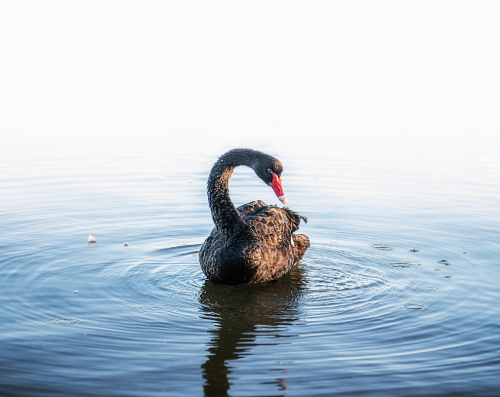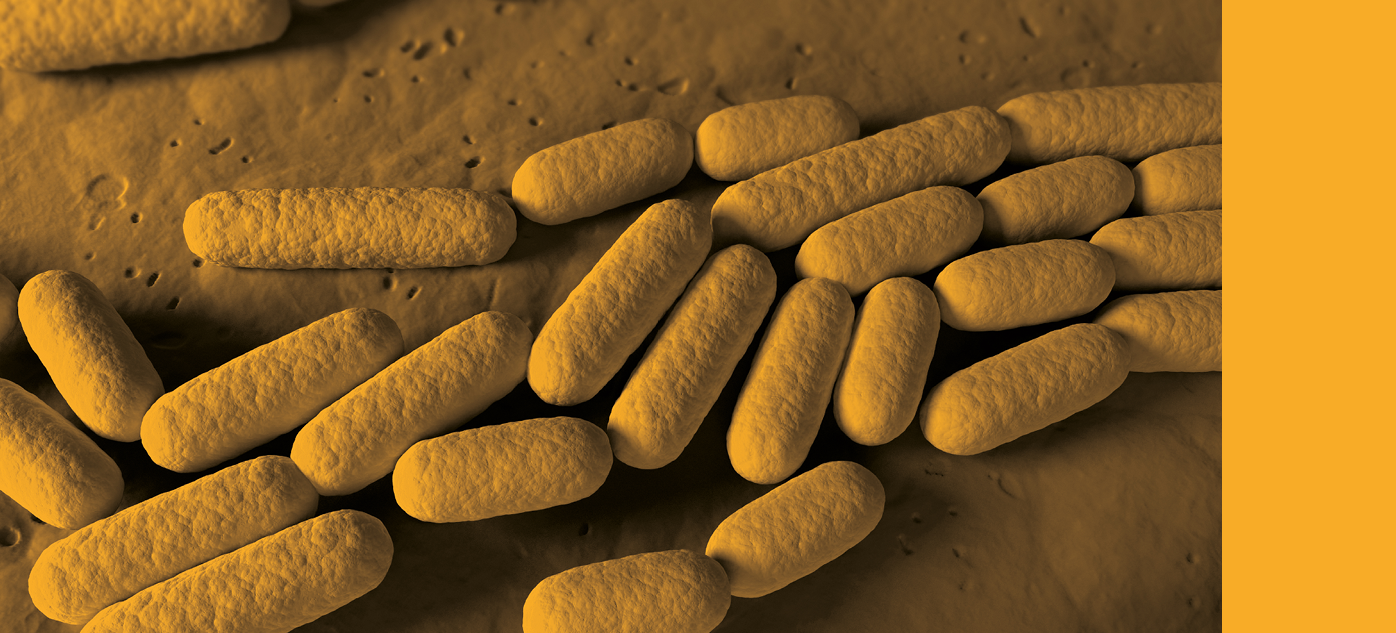Petals, peat and plateaus: explore the latest microbial discoveries
Posted on July 3, 2025 by Clare Baker
Each month, the Microbiology Society publishes the International Journal of Systematic and Evolutionary Microbiology, which details newly discovered species of bacteria, fungi and protists. Here are some of the new species that have been discovered and the places they've been found.
It’s been a hot few days at the Microbiology Society offices, with Tuesday being the hottest day of the year so far in the UK. So, let’s start with something nice and cool... perhaps a glacier? Respite from the heat isn’t the only thing we’d find, though, as Pseudomonas lyxosi and Pseudomonas arabinosi are two novel strains that were isolated from glacier samples on the Tibetan Plateau, P.R. China. When tested, the bacteria grew in temperatures as low as -2°C but would have actually been much more comfortable with the temperatures measured in the UK this week (25–30°C).
Our next two new bacteria are neighbours to P. lyxosi and P. arabinosi. Georgenia wangjunii sp. nov. and Georgenia sunbinii were isolated from the faeces of Cygnus atratus (common name, black swan) found the Qinghai-Tibet Plateau of China. Strains of Georgenia have been isolated from a range of habitats including medieval wall paintings (yes, you read that right), forest soils, desert and a saline-alkali lake. Researchers discovered our new microbes while investigating the microbial diversity of birds in the Qinghai-Tibet Plateau. The researchers must be very comfortable with identifying new species of Georgenia, as they had previously isolated three novel species in the genus (Georgenia wutianyii, Georgenia yuyongxinii and Georgenia faecalis).

Let’s move from poo to flowers and a treat for New to Science, a novel yeast species! Fonsecazyma yulaniae was isolated from the flowers of Yulania denudata collected from the Beijing Olympic Forest Park, PR China. The new strain was found during a survey of yeast diversity associated with flowers and isolated from and floral core samples. Flowers are well-known habitats for yeasts, and many new strains have been isolated from floral sources. Investigating the unique ecosystems in floral environments not only expands our knowledge of yeast diversity but also provides insights into the complex relationships between micro-organisms and their habitats.
For our penultimate pick of microbes in New to Science this month, we’re moving from petals to peat in the Rayong province of Thailand. Planosporangium spinosum is named spinosum after the spiny spore surface observed on its colonies. The novel bacterium was found in the soils of a peat swamp at the Rayong Botanical Garden, but other members of the Planosporangium species have been isolated from a variety of soil sources, including evergreen broadleaf forest soil, rhizosphere soil and hot spring soil.
Our final bacterium is a rhizobial species – it can biologically fix nitrogen (converting nitrogen gas from the air into forms that plants can use). Rhizobia and legumes (a type of plant) have a close symbiotic relationship, which induce the formation of nodules on the roots of the legumes. The nodules provide the optimal microhabitat for the bacteria, providing them with access to carbon compounds from photosynthesis. In return, the rhizobia fix atmospheric nitrogen into a form that can be used by the plant – ammonia. It comes as no surprise then, that our novel nitrogen fixing bacteria, Bradyrhizobium tunisiense, was found in root nodules, the root nodules of Acacia saligna in Borj Cedria, northern Tunisia to be exact.
